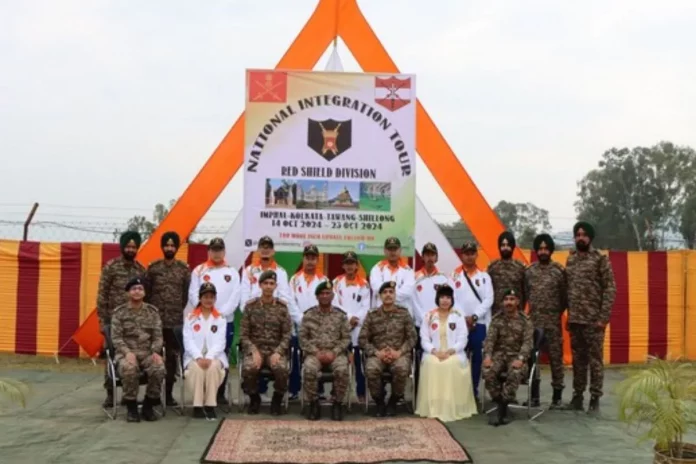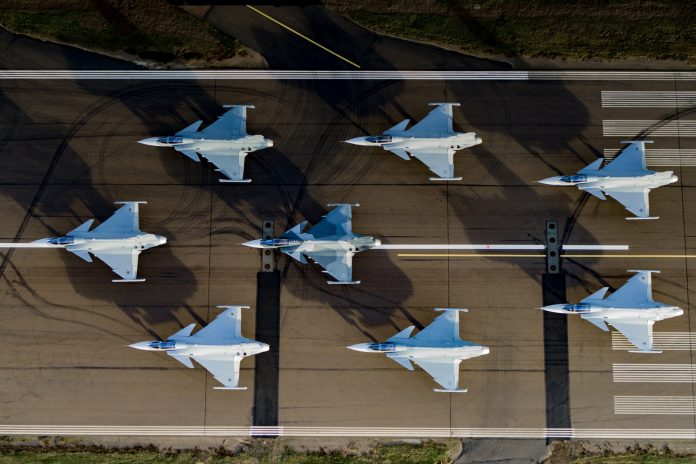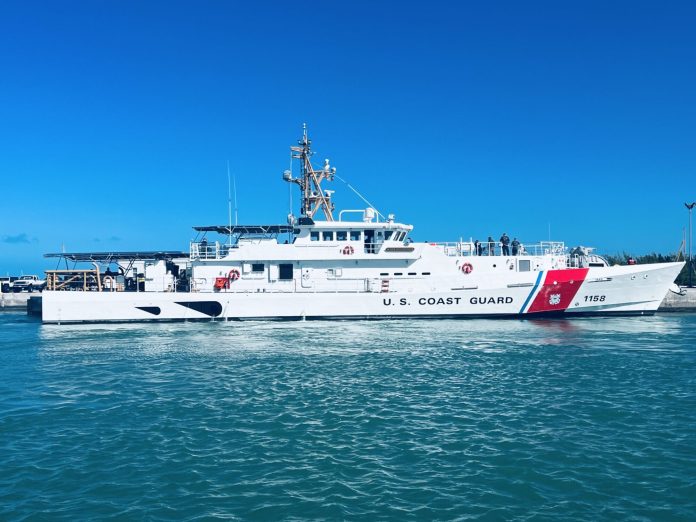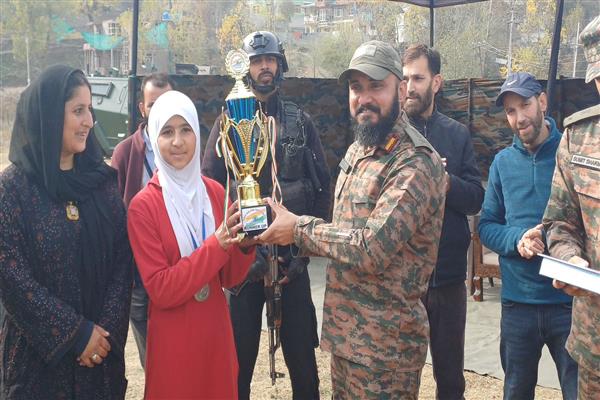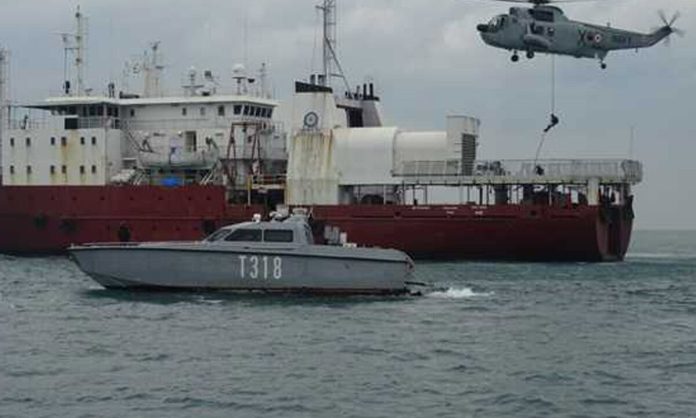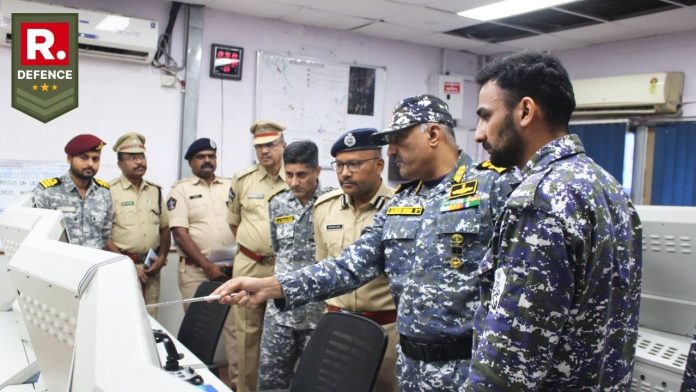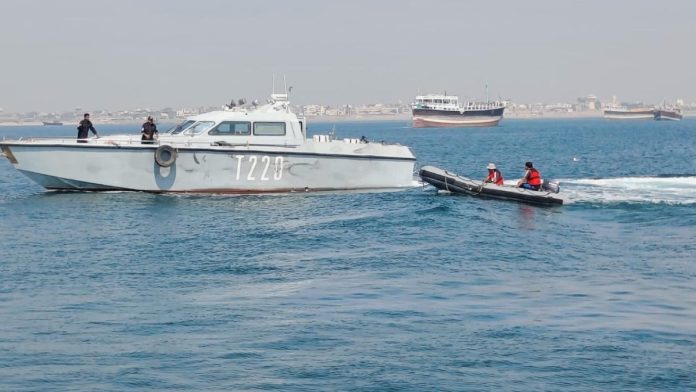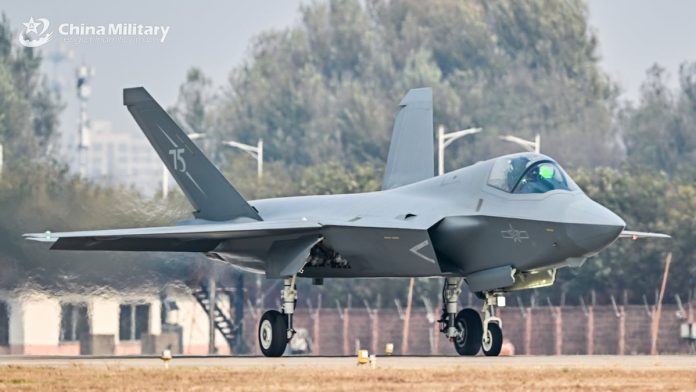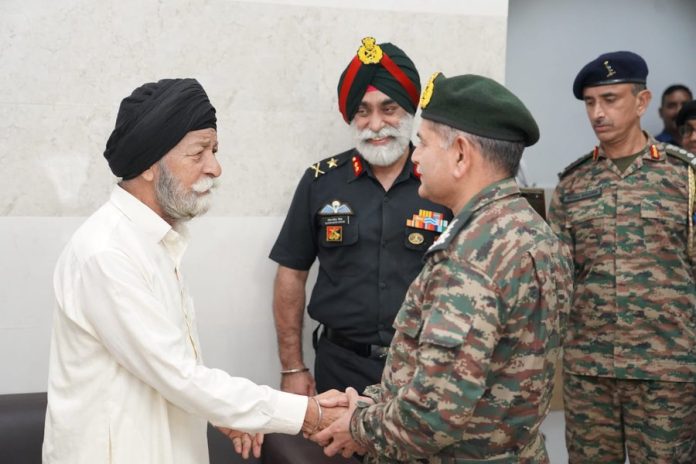Over the weekend, General Upendra Dwivedi, the Chief of the Indian Army, made a noteworthy visit to the Army Research and Referral Hospital located in Delhi Cantonment. The purpose of his visit was to meet Honorary Captain Bana Singh, a distinguished Paramvir Chakra (PVC) awardee and a highly esteemed figure in the Indian military community.
Bana Singh, who is now 75 years old, is celebrated for his extraordinary contributions during one of the most significant operations in the history of the Indian Armed Forces. In June 1987, while serving as a Naib Subedar with the 8th Battalion of the Jammu and Kashmir Light Infantry (JAKLI), Singh spearheaded a daring assault aimed at dislodging the Pakistan Army from a strategically placed post on the Siachen Glacier. The successful capture of what is now referred to as the ‘Quaid Post,’ located at an altitude of 21,153 feet, earned him the nation’s highest award for bravery in the face of enemy action, the Paramvir Chakra.
Singh is one of only three living PVC recipients, alongside Subedar Major Sanjay Kumar and Honorary Captain Yogendra Yadav. His actions during the operation have become part of military folklore in India, with his name synonymous with bravery and sacrifice.
At the time of the operation, the Pakistan Army had established the Quaid Post on the Saltoro Ridge, providing them with a crucial vantage point over the Siachen Glacier and the movements of the Indian Army. The post was perched atop a daunting 1,500-foot ice wall, creating significant challenges for any forces attempting to approach without being detected.
The initial Indian control of the Siachen Glacier occurred in 1984 during Operation Meghdoot. Following this, Pakistan attempted to regain control by establishing the Quaid Post. In response, India initiated Operation Rajiv in 1987, named in honor of Second Lieutenant Rajiv Pandey, with the objective of reclaiming the post. The mission was fraught with danger; Naib Subedar Bana Singh volunteered to join a special task force and skillfully navigated the steep ice wall under severe weather conditions. Despite encountering weapon malfunctions due to the extreme cold, Singh and his team pushed onward. The confrontation culminated in intense hand-to-hand combat, resulting in the successful capture of the post. A day after the victory, the Indian Army honored Singh by renaming a nearby peak “Bana Top.”
The Siachen Glacier, located at India’s northernmost frontier, is a vital part of the Saltoro Ridge, marking the boundary between the Gilgit-Baltistan region of Pakistan and the Aksai Chin region of India. The glacier and its surrounding high grounds are critical military positions, with the Indian Army maintaining dominance in the area as a strategic buffer for routes leading into Ladakh. Military operations in this region have escalated since the mid-1980s, reflecting the ongoing rivalry between India and Pakistan over territorial claims.
The question of whether the Siachen region can be de-militarized has emerged periodically, with Pakistan suggesting such an initiative in diplomatic discussions. However, no formal agreement has been reached. From Pakistan’s perspective, the Indian Army’s control over the region poses threats to the Saltoro Ridge. Conversely, India views its military presence as essential for national security and territorial integrity. Since the ceasefire agreement in 2003, active hostilities have diminished, yet both countries continue to station troops in the region, while India’s military remains equipped with advanced surveillance systems and modern weaponry to ensure its strategic interests are protected.
General Dwivedi’s visit to honor Bana Singh reflects the profound respect given to the legacy of those who have bravely served in defense of the nation. As the Indian Army continues to protect the Siachen Glacier and others in the region from potential threats, the heroic legacy of soldiers like Honorary Captain Bana Singh stands as a testament to India’s unwavering commitment to safeguarding its territorial integrity.

